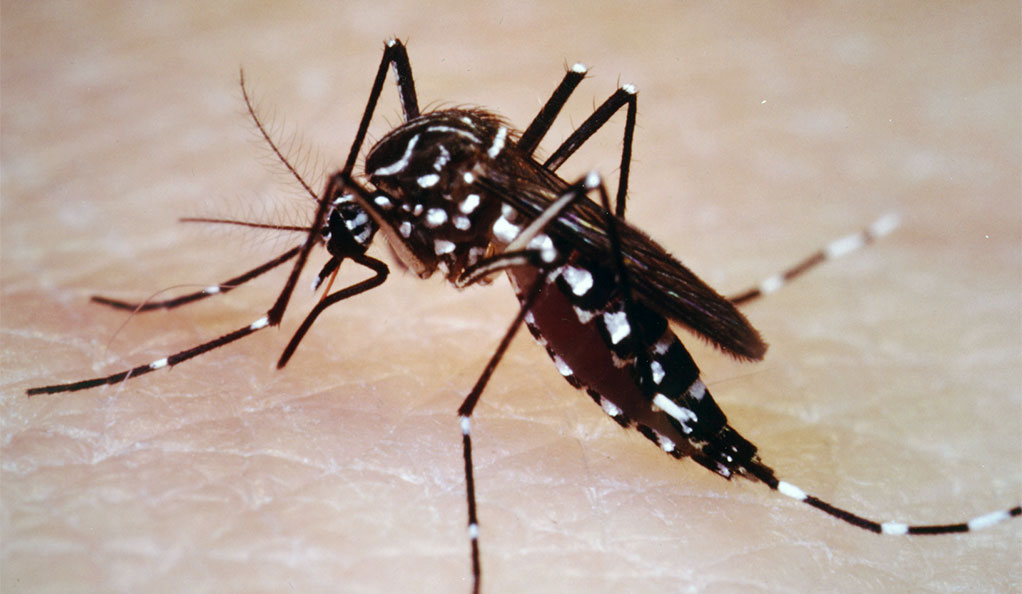Podcast: Play in new window | Download
Subscribe: RSS
Lori begins the show speaking about those pesky and sometimes dangerous mosquitoes, because August 20th was World Mosquito Day! Mosquitoes carry malaria, yellow fever, West Nile Virus, Zika virus, and others. World Mosquito Day is intended to raise awareness about mosquitoes transmitting malaria and other diseases.
In 1897, the link between mosquitoes and Malaria was discovered by Sir Ronald Ross, who was awarded the Nobel Prize in 1902 for his work. He figured out the life cycle of the disease-causing Plasmodium parasite, which lives in the insect. In 2019 malaria afflicted more than 228 million people, and killed an estimated 405 thousand people in 2018, most in sub-Saharan Africa. Pregnant women and children are most vulnerable. Malaria transmission was eradicated from the US in 1951, but cases still occur in travelers returning to the US from Africa.
DDT came into wide use during WW2 as it was found to be effective against malaria and typhus. Paul Herman Muller received a Nobel Prize in 1948 “for his discovery of the high efficiency of DDT as a contact poison against several arthropods.” The pivotal book, Silent Spring. By Rachel Carson, sounded the alarm about the possible risks of aerial spraying of DDT to the environment. The book was extremely controversial, with strong opposition from industry. Ultimately, the fallout was the growth of the modern environmental movement, and from that, the Environmental Protection Agency (EPA) was established. Banning DDT was one of its first actions.
The topic remains controversial to this day and makes for interesting reading. Dr. Jane Orient, Executive Director of the Association of American Physicians and Surgeons contends that DDT was the most effective public health weapon of all time. She believes the 1972 ban was caused by environmental hysteria, triggered by events like Carson’s book, which she criticizes. Then we have new research on what contributes to happy cohabitation of cats and dogs and the risks of raw meat diets for pets (and their people) due to pathogens.
Lori then welcomes Dr. Robert Reed, Medical Director at VCA Veterinary Hospital in Rancho Mirage, California, to learn about the risks of stings from wasps and bees, especially to our dogs. The most likely outcome of a sting is local swelling, pain and redness at the site of the sting. This may extend somewhat to the local area. However, if the dog is allergic, systemic reactions may occur like vomiting, diarrhea, trembling, hives, swelling around the face, even anaphylaxis. Anytime you know or suspect a bee or wasp sting, its best to get it checked out with your veterinarian right away because you don’t know what course it will take.




Leave a Reply